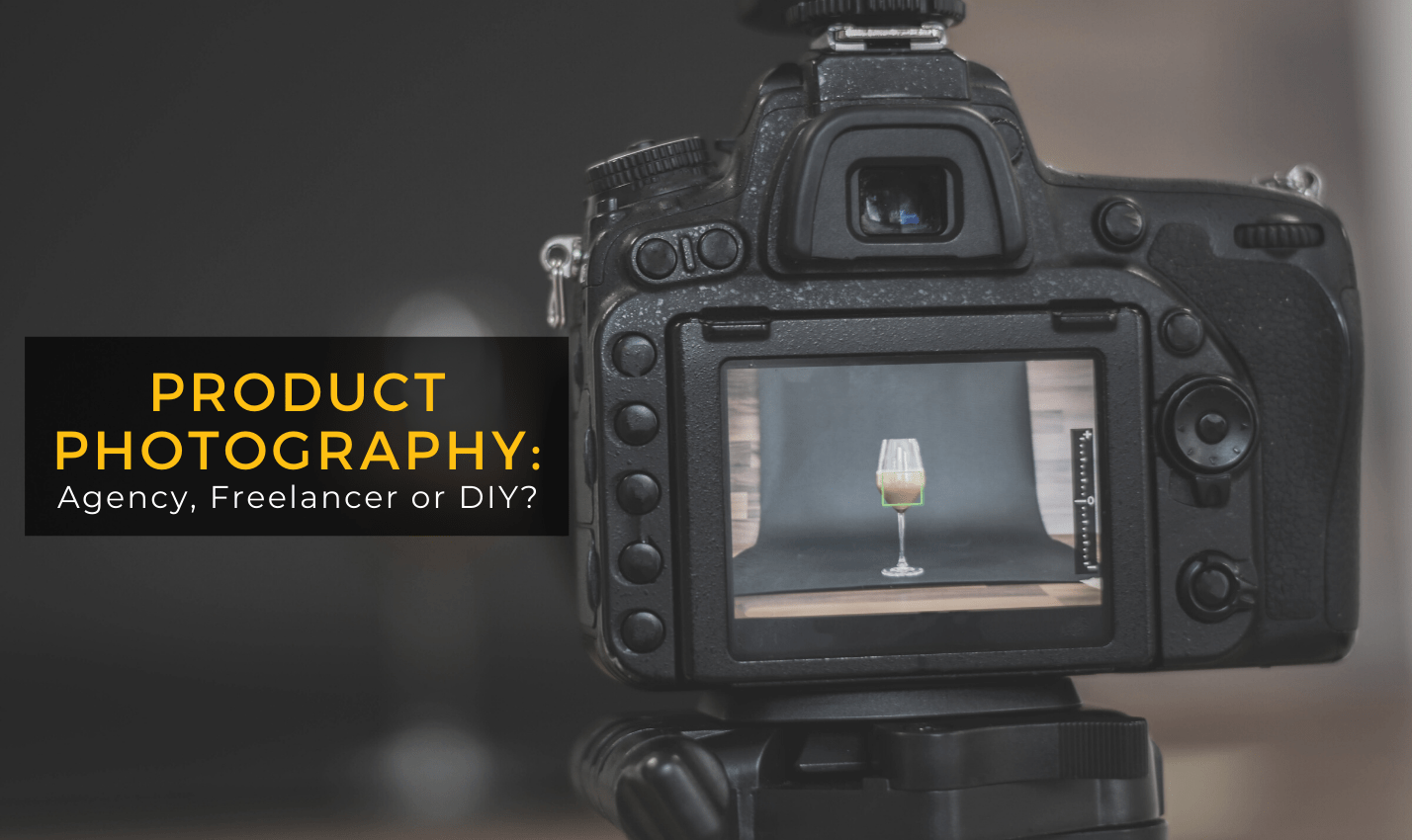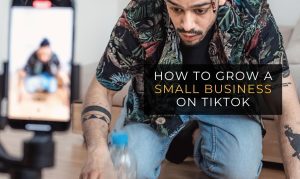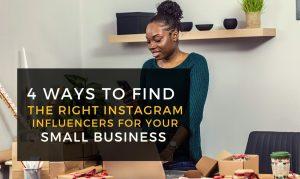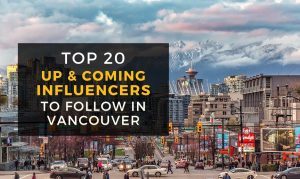
Whether it’s setting up your online store, selling your products through Amazon or curating content for your social platforms, there is one common denominator that every business owner will encounter – the need for product photography. When it comes time to launch new products, the process repeats itself.
Generating photos and videos of your products can be a daunting task, especially when there are so many product photography options. Of course, most businesses are looking for the most cost-effective solution, which means weighing the pros and cons of the typical product photography alternatives – freelancers, agencies, and doing it yourself.
We’ve compiled a list of some of the benefits and drawbacks of these 3 product photography solutions to help you determine the right option for your business. We’ve also included some resources for helping you move forward with whatever option best suits you.
Freelancers
Freelancers can be a very affordable solution when it comes to product photography. While some freelancers have experience in various areas of photography, you can also find niche freelancers who focus on your specific industry.
When going with the freelancer route, it is important to set certain expectations in terms of project deadline and ownership of the images after the photoshoot has taken place. It’s also a good idea to request a portfolio from freelancers before working with them and inquiring about the quality of equipment they use.
Lifestyle Photography and Product Seeding
At one point, business owners were most interested in clean, sleek images of their product without any other scenery or distractions. Now, there is an increasing demand for lifestyle photography in order to capture products in action. These images are more authentic and allow your target market to connect with the product.
Getting “lifestyle photography” may seem like a challenging task as you’ll need people to be photographed while using your product, and ideally, you’d want images in a variety of settings. Because of this, many businesses feel as though this type of photography is out of reach.
Product seeding makes lifestyle photography much more attainable for small and medium-sized businesses. If you’re not familiar with the term, product seeding means sending your product to a variety of creators in exchange for content. You can give them a few guidelines if you have specific requests, although they’ll have creative freedom to capture a wide variety of photos of your products in action.
This method of collaborating with freelancers makes it easy and affordable to tap into the imagination of a variety of product photographers, generating tons of original content along the way. This is why we’re so passionate about Lifestyle Photography and Product Seeding at Node. We have a network of 700+ creators who do just this and can be accessed through our platform.
Pros of Working with a Freelancer
- Flexible in terms of location of photoshoot as well as any other specifications you may have (indoors, outdoors etc.)
- Can adhere to specific guidelines, or you can leave the creativity up to them.
- Easy to collaborate with multiple freelancers in order to get a diverse selection of content.
Cons of Working with a Freelancer
- Can be harder to verify their work in advance.
- Fewer formalities regarding the legal and contractual relationship between your business and the freelancer.
Product Photography Agencies
There are plenty of great product photography agencies that provide professional, high-quality images for your businesses. Additionally, lots of marketing and advertising agencies offer product photography services.
Agencies are a reliable, widely-trusted resource when it comes to a variety of business functions. Working with an agency can be best for big projects or an ongoing need for product photography.
Pros of Working with an Agency
- Can be highly specialized so you can choose an agency that is most aligned with your niche.
- Access to high-quality equipment.
- Some offer in-house studios which are ideal if you need a specific background.
- May be willing to meet you at a desired location for the shoot.
- Often provide other services besides product photography which can be beneficial for your business.
Cons of Working with an Agency
- Usually more expensive than freelancers.
- When agencies bundle product photography with other services that you don’t need, it drives up the cost.
- Many agencies have minimum order amounts, which is a drawback if you’re a smaller business that doesn’t require multiple product SKUs photographed.
DIY
Product photography and video creation is not an easy task. There are many nuances that separate good photos from great photos. Sure, it is super easy to get a camera and set it up in your home with a tripod , but how do you make sure that blurry backdrop is crisp and the pictures you get are well lit?
Outsourcing product photography can be challenging when you’re unable to ship or deliver your products to agencies/freelancers. In situations where you have new products launching several times a year or larger product lines, you may find that product photography is going to become a routine task.
However, investment in the best (and most expensive) camera gear doesn’t always pay off because you can’t get rid of the bad habits that come with learning how to use that gear.
Below I’ve included a few guides to help you with DIY product photography. All you need is some determination, the right tools, and some general understanding of photography to start shooting your products.
Here’s a guide with some tips on how to do your own product photography.
Not sure what equipment you’ll need? This article outlines what you’ll need to get started.
Watch this video if you’re shooting your own product photos
Pros of DIY Product Photography
- Eliminates costs associated with freelancers and agencies
- Ensures products are photographed according to all your specifications
Cons of DIY Product Photography
- High initial investment when purchasing necessary equipment
- May need to spend time learning how to photograph your products
Final Thoughts
Product photography is not one size fits all – the best solution comes down to your business model, your resources, your needs, and any other specifications you may have. Because of this, understanding the pros and cons of each option is the best place to start when selecting which route is best for you.
We’d love to hear some of your feedback on what product photography methods have worked well for your business!




